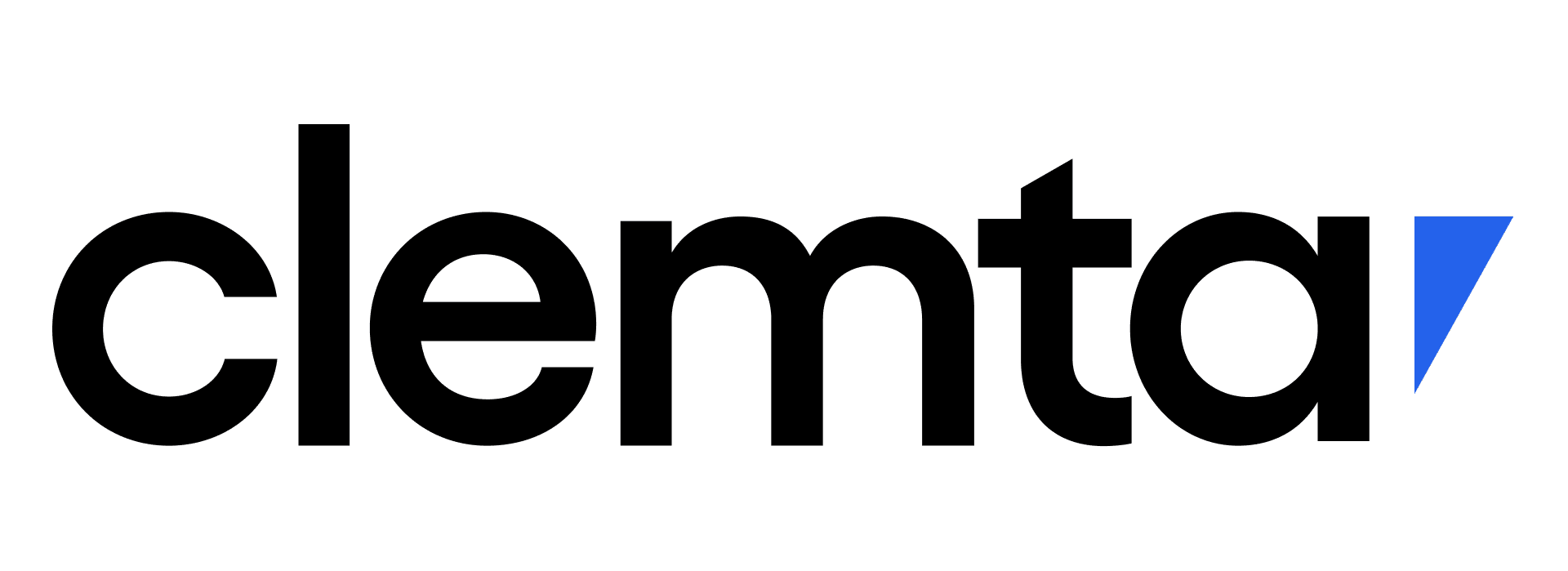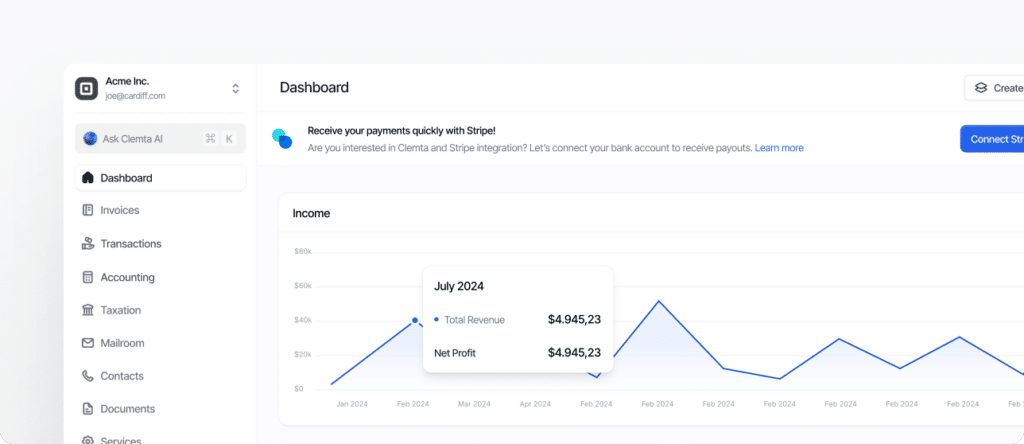A financial statement that provides a snapshot of a company’s financial position at a given moment, listing assets, liabilities, and equity.
What is a Balance Sheet?
The balance sheet answers the question “What does the company have and how is it financed?” at a specific point in time. It’s organized into three sections: Assets, Liabilities, and Equity, following the formula Assets = Liabilities + Equity. Assets (such as cash, accounts receivable, inventory, equipment) are on one side, and liabilities (like accounts payable, loans, accrued expenses) plus equity (owners’ capital, retained earnings) are on the other. The balance sheet always balances, meaning the total value of assets equals the combined total of liabilities and equity. This equilibrium exists because every asset is either funded by borrowing money (liability) or by owners’ investment/earnings (equity). A balance sheet is typically prepared at the end of an accounting period (month, quarter, year). For example, at December 31, 2025, your U.S. company’s balance sheet might show $50,000 in assets (including cash, equipment, etc.), $15,000 in liabilities (maybe a credit card payable and a short-term loan), and $35,000 in equity (which could include your initial capital and accumulated profits retained in the business). One key insight from the balance sheet is liquidity – by comparing current assets to current liabilities, you get the current ratio, indicating the company’s ability to meet short-term obligations. It also shows financial structure: a heavily debt-financed company will have high liabilities relative to equity (higher leverage). For non-U.S. founders, while day-to-day you might focus on cash flow and income, the balance sheet is crucial for understanding overall solvency and value of the business. When opening a U.S. bank account or seeking a loan, banks may ask for a balance sheet. Investors will definitely look at it to assess the company’s financial health (like how much cash vs. debt you have, or how quickly you collect receivables). Over time, as you reinvest earnings, those accumulate in retained earnings under equity, effectively showing how much profit has been kept in the company versus distributed. The balance sheet complements the income statement and cash flow statement by showing the cumulative result of past activities and transactions. It’s also where you’d see entries like goodwill if you acquired another company, or common stock & additional paid-in capital reflecting investors’ contributions. In summary, the balance sheet is a foundational financial tool that provides transparency into what your business owns and owes, and it’s important to keep it accurate and up-to-date for making informed decisions.

